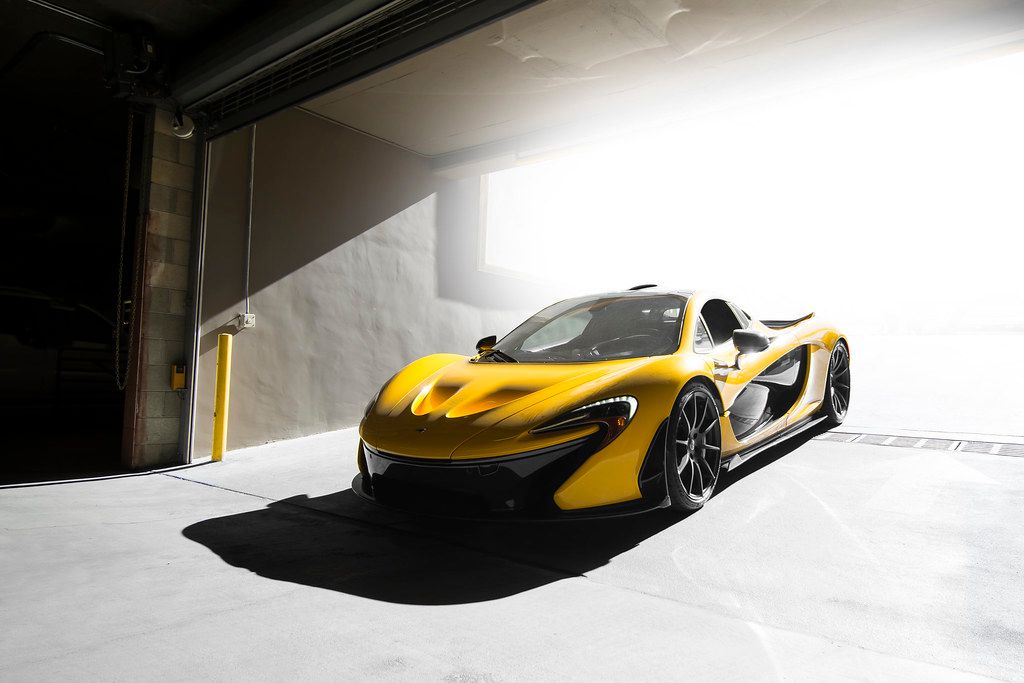
As electric vehicles (EVs) rapidly transition from niche products to mainstream transportation, a landscape of innovation and excitement unfolds. However, with this swift evolution comes a predictable rise in myths and misconceptions, particularly concerning the pivotal aspect of EV ownership: charging. These misunderstandings often stem from what experts term “gasoline thinking,” where decades of familiarity with fossil fuel vehicles incorrectly shape expectations for electric counterparts. For potential and current EV owners, navigating this maze of misinformation is crucial to unlocking the full benefits of electric mobility.
Misinformation about EV charging and batteries can have significant financial implications for drivers. From investing in unnecessary infrastructure upgrades to purchasing vehicles with features that far exceed daily needs, these myths can literally cost thousands of dollars. An informed consumer is an empowered consumer, equipped to make decisions that align with practical needs and financial prudence, rather than succumbing to unfounded fears or exaggerated claims. This article aims to dismantle these costly misconceptions.
By leveraging extensive research and expert analysis, this guide meticulously debunks nine prevalent electric car charging myths. Our goal is to provide clear, objective, and practical knowledge, empowering you with the insights necessary to make informed decisions about EV adoption and optimize your charging experience. We aim to replace speculation with fact, ensuring drivers can confidently embrace the future of transportation without incurring avoidable expenses.
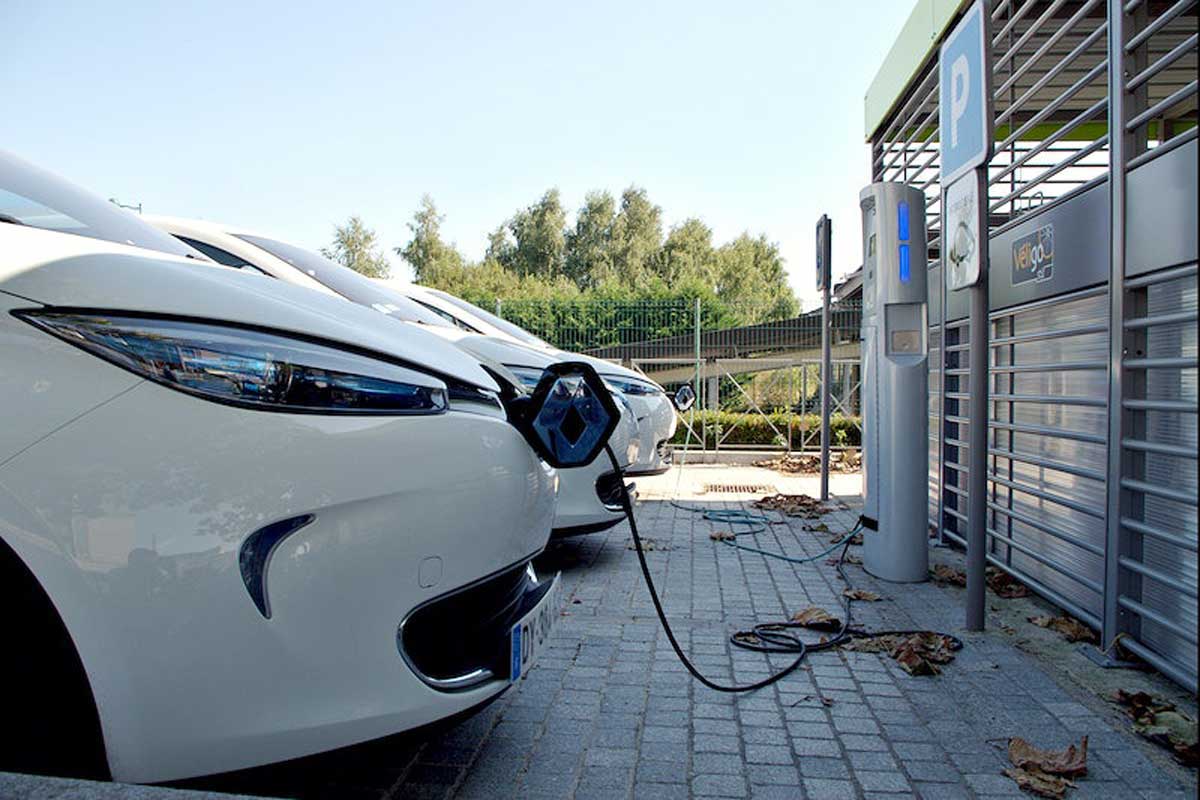
1. **Myth: Charging An EV Takes Time** One of the most persistent misconceptions among non-EV owners is the belief that charging an electric vehicle is an inordinately time-consuming process, far longer than the rapid fill-up of a gasoline tank. This perception often overlooks the fundamental shift in charging habits that EV ownership encourages. Unlike gasoline vehicles, which require dedicated stops for refueling, EVs are primarily charged opportunistically, integrating seamlessly into daily routines. The concept of “zero time” charging is frequently cited by experienced EV drivers.
For instance, many EV owners simply plug in their vehicle overnight at home. While they sleep, the car charges, effectively taking zero additional time out of their day. Similarly, during longer road trips, charging can occur at hotels, restaurants, or other attractions where the vehicle would naturally be parked while the driver is engaged in other activities. This strategy transforms perceived waiting time into productive or leisure time, demonstrating that actual active waiting for charging can be significantly less than often imagined.
Experienced EV drivers attest to spending less time actively waiting for a charge than they did pumping gasoline. This efficiency is achieved through a combination of home charging and strategic use of public infrastructure. A standard 120 Volt (Level 1) outlet can be used for charging, allowing many to meet daily needs by simply plugging in at home, much like a household appliance. For quicker home charging, a dedicated 240 Volt (Level 2) outlet or charging system can be installed, enabling overnight full charges for most models.
While Level 1 charging can take more than 24 hours for a full charge on some models, it still contributes to maintaining battery levels for typical daily use. The key insight is that EV charging is less about dedicated stops and more about consistent, background energy replenishment. This shift in perspective is vital for accurately assessing the time commitment involved in EV ownership and avoiding the costly assumption that rapid charging must be sought at all times.
Read more about: The Mythbusters of the Road: 8 Car Reliability & Repair Myths That Could Be Draining Your Wallet
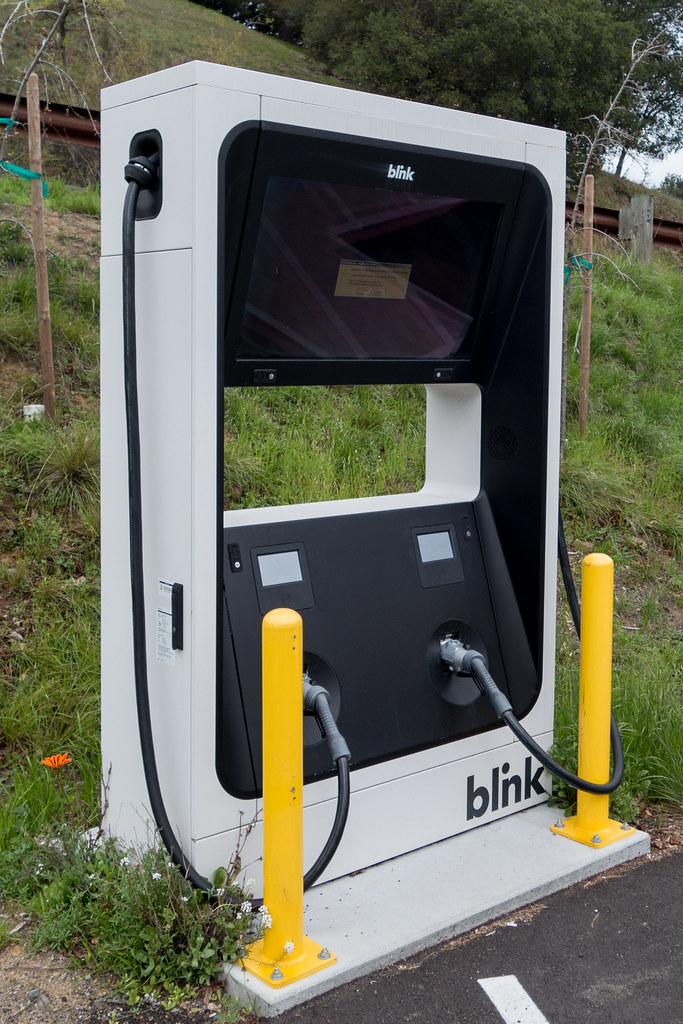
2. **Myth: We Need Fast Public Chargers Everywhere** The notion that a dense network of public fast chargers is required at every turn is a widespread myth, often fueled by the aforementioned “gasoline thinking.” While fast public chargers certainly have a role, especially along major travel corridors, their perceived universal necessity is overstated. Current governmental efforts, such as the allocation of $7 billion for charging infrastructure, are largely focused on public fast chargers, yet the distribution strategy warrants closer examination.
Experts advocate for the mantra: “Charge where you park, don’t park where you charge.” This principle suggests that the most efficient and practical charging occurs at locations where vehicles are already stationary for extended periods. Homes, offices, and hotels are ideal for slower, more economical charging. Restaurants, shops, and various attractions can host faster chargers, but only if the duration of the visit genuinely warrants a rapid top-up. This approach minimizes dedicated charging stops, integrating charging into existing routines.
Most charging needs are met at private locations, not public ones. Home charging, utilizing Level 1 or Level 2 systems, provides the bulk of an EV owner’s energy requirements for daily commuting. Public charging networks, including DC fast chargers, are essential for longer journeys, offering an 80% charge in about half an hour for many EVs. However, it is not necessary for every public location to be equipped with these rapid charging capabilities, particularly when the parking duration is substantial.
The federal Infrastructure Investment and Jobs Act is indeed providing up to $7.5 billion to build out a national network of EV chargers along highways and in communities. However, the emphasis should shift from merely adding fast public chargers to strategically placing the right type of charger where it serves the most practical purpose. Over-reliance on public fast chargers can lead to higher costs for consumers and strain on infrastructure, making a balanced approach crucial for sustainable EV adoption.
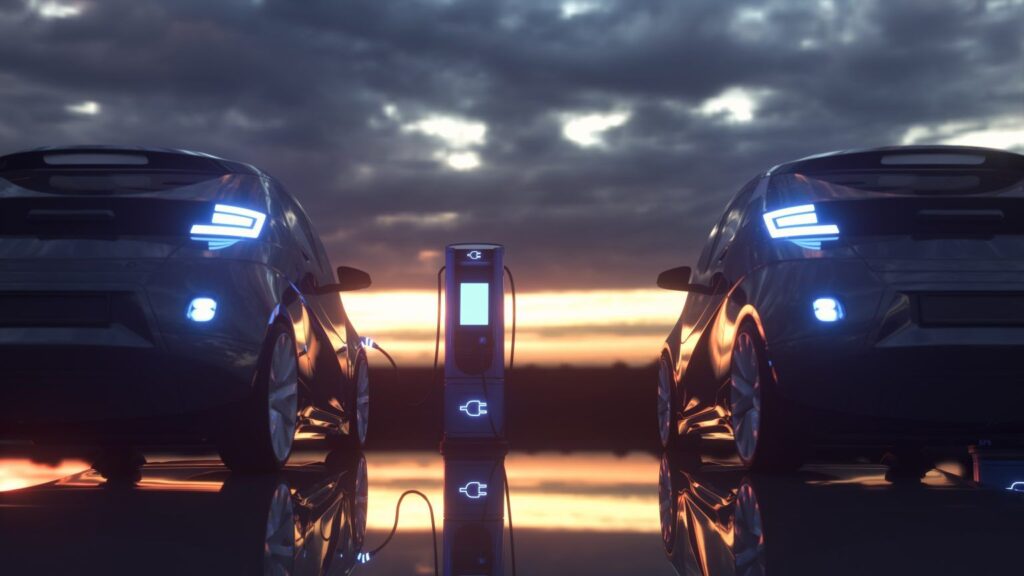
3. **Myth: We Need EV Charging To Be Faster** The pursuit of ever-faster EV charging, often highlighted in breathless reports of laboratory breakthroughs promising hundreds of miles in minutes, is another symptom of “gasoline thinking.” While the idea of charging an EV as quickly as filling a gasoline tank might seem appealing, it often disregards the practical realities and potential drawbacks. For the majority of charging scenarios, current speeds are more than adequate, and excessively rapid charging can introduce complications.
For many EV drivers, particularly those on road trips, fast charging typically occurs during meal breaks. Current fast charging speeds are often sufficient, to the point where the vehicle may finish charging before the driver has completed their meal. This can lead to the inconvenience of having to interrupt dining to move the car, especially in areas with limited charging stations. Prioritizing more, slower chargers over fewer, ultra-fast ones could enhance user convenience by allowing drivers to relax and complete their activities without rushing.
Furthermore, the drive for extreme charging speeds carries potential financial and technological implications. Ultra-fast charging can be more expensive, both for the infrastructure required and for the electricity consumed. It can also impose greater stress on the vehicle’s battery, potentially impacting its long-term health and lifespan. The balance between charging speed, battery longevity, and cost-effectiveness is a critical consideration for both manufacturers and consumers.
The actual utility of hyper-fast charging is diminished when drivers primarily charge at home or during extended stops. The practical advice suggests that current fast charging technology largely meets driver needs when integrated into existing routines like dining or sleeping. Shifting focus from raw speed to strategic availability and efficiency of existing charging solutions could lead to a more satisfactory and economically sound experience for EV owners.
Read more about: Navigating the Future: 2025’s Top Self-Driving Cars and the Tech Powering Autonomous Innovation
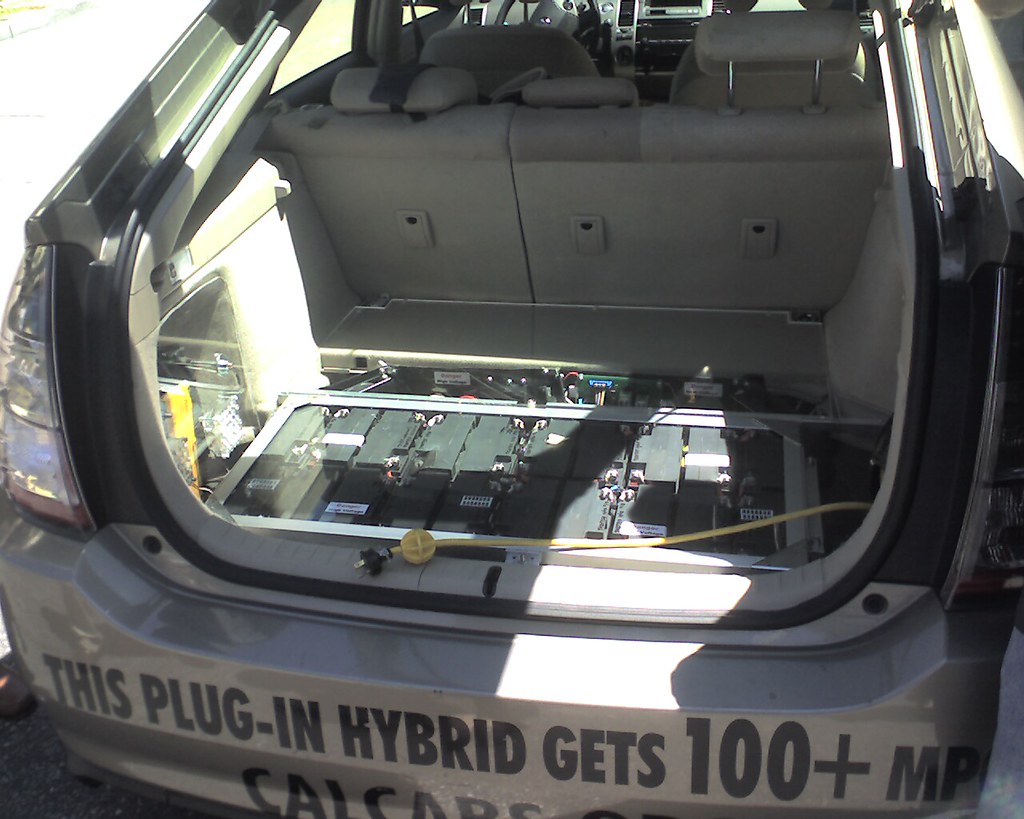
4. **Myth: Cars Need Long Range And The Best Batteries** A significant misconception, often driven by “range anxiety” among non-EV owners, is the belief that electric vehicles must possess exceptionally long ranges, ideally 500 miles or more, powered by the most advanced and energy-dense batteries. While extended range offers convenience, especially for specific use cases, it comes at a substantial cost, both in terms of initial vehicle price and ongoing operational factors. This pursuit of maximum range often overlooks the practical needs of most drivers.
The highly praised 500-mile range of a high-end Lucid AIR, for example, is achieved at a very high price point. This extended range also translates into increased vehicle space and weight, which in turn consumes more energy and contributes to greater tire wear. Conversely, more affordable EVs, including many Teslas and vehicles popular in China, have successfully adopted cheaper, less energy-dense Lithium Iron Phosphate (LFP) battery chemistry, which offers a shorter range but proves highly effective for most daily driving requirements. These models have seen robust sales, indicating a strong market for practical, moderate-range vehicles.
For the average commuter, extreme range is largely unnecessary. Data from the National Household Travel Survey in 2022 revealed that over 73% of all on-road passenger trips were 10 miles or less, and over 98% were less than 75 miles. Most modern EV models already offer ranges exceeding 200 miles, with all new models providing over 100 miles on a single charge. This capacity is more than sufficient for typical daily travel, allowing for several days of driving between charges for many users.
While a 300-mile range can be beneficial for long, rural road trips or specific professional uses like ride-sharing, it is not a prerequisite for general city driving. Even on extended trips, strategically utilizing charging opportunities at hotels, lunch stops, and dinner venues can allow for travel equivalent to 800 miles without any active waiting time. Thus, huge range, while a convenience, is not a necessity and the premium paid for it may not yield equivalent practical benefits as charging infrastructure improves.
Modern lithium-ion batteries are also engineered for longevity, often designed to last the vehicle’s lifetime. Most manufacturers offer warranties guaranteeing battery performance for eight to ten years or up to 100,000 miles, providing significant peace of mind. A well-maintained battery can retain over 70% of its original capacity even after a decade. This focus on durability, combined with adequate, not excessive, range, presents a more cost-effective and sustainable approach to EV ownership.
Read more about: The Mythbusters of the Road: 8 Car Reliability & Repair Myths That Could Be Draining Your Wallet
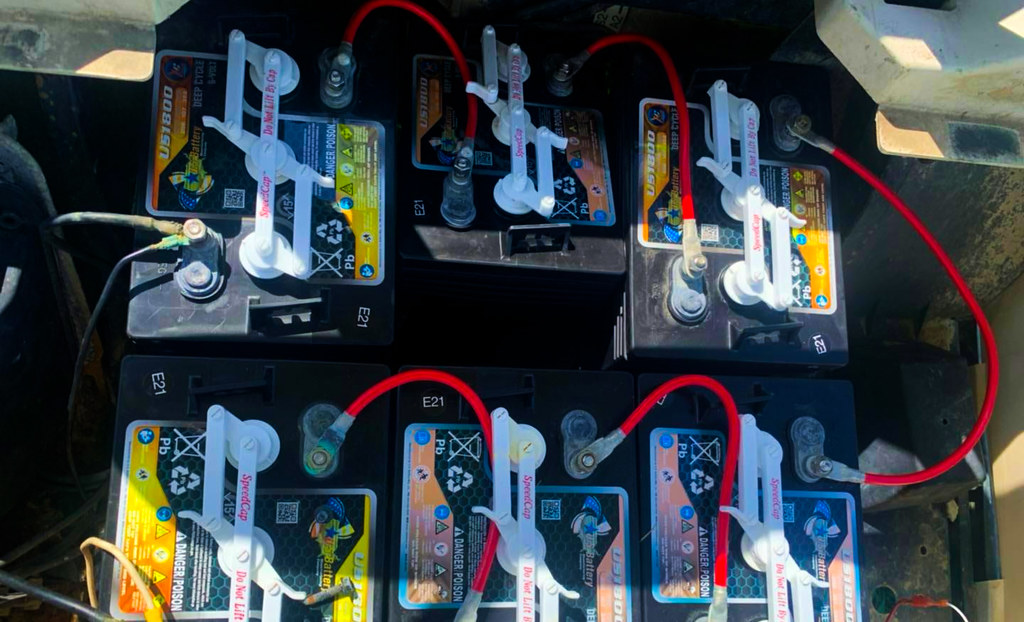
5. **Myth: You Need High Power Charging At Home** A common desire among new EV owners is to install the highest power home charging system available, often believing it to be a necessity. However, this aspiration can lead to significant and often unnecessary expenses. While higher power charging offers faster replenishment, the practical daily driving habits of most individuals suggest that a moderate or even standard home charging setup is perfectly adequate, making the pursuit of maximum power an avoidable cost for many.
The typical car travels less than 40 miles per day on average. To cover this daily mileage, an EV only requires approximately 90 minutes of higher power (7kW) home or office charging. This demonstrates that a constant, rapid charge at home is not a daily necessity for the majority of drivers. Many individuals successfully manage their charging needs with just a regular home plug (1.5kW), a Level 1 charging solution. While a Level 1 setup might not fully charge the vehicle every single day, it generally suffices for average daily use over time.
Installing a Level 2 charging station, which typically delivers around 7kW, certainly enables faster overnight charging compared to standard 120V outlets. However, the decision should be based on actual need rather than perceived requirement. If an electrician quotes a significantly higher price for a 7kW installation compared to a 3kW option, consumers should seriously consider the lower-priced alternative. The additional speed provided by 7kW might not translate into a tangible benefit for routine daily charging that occurs predominantly overnight.
Furthermore, governments and utilities often provide rebates or incentives to offset installation costs for home charging systems, or for upgrading electrical panels to accommodate them. These programs can reduce out-of-pocket expenses for eco-friendly adaptations. However, even with incentives, opting for an unnecessarily powerful system still represents a higher initial outlay. Understanding that a 120 Volt (Level 1) outlet can charge most EVs, and a dedicated 240 Volt (Level 2) system offers ample speed for typical overnight use, helps drivers avoid expensive, unneeded upgrades.” , “_words_section1”: “1945
Read more about: Beyond 100,000 Miles: A Consumer Reports Guide to Smart Used Car Purchases
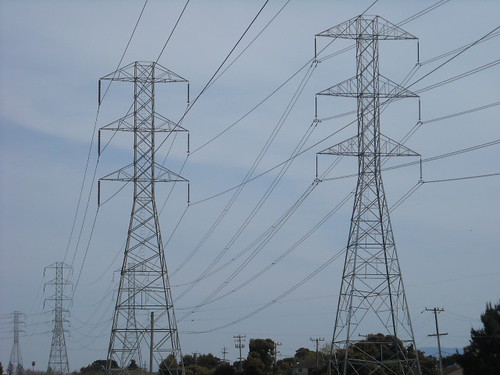
6. **Myth: Most Homes Don’t Have Enough Power**A pervasive misconception among those considering an electric vehicle is the belief that most homes lack the necessary electrical service to support EV charging, inevitably leading to expensive service upgrades. This often results in consumers receiving very high quotes, sometimes exceeding $5,000, for electrical panel upgrades to accommodate higher power charging systems like 7kW installations. Such estimates can be a significant deterrent, making prospective EV owners hesitant about the true cost of adoption.
However, this perception frequently overlooks more practical and affordable solutions. While it is true that many homes might not readily support a 7kW charging system without an upgrade, a 3kW charging system can often be installed with no issue, significantly reducing or eliminating the need for costly electrical service modifications. The choice between these power levels depends largely on individual driving habits and charging needs, rather than a universal requirement for maximum power.
For the majority of drivers, a 3kW charging option provides adequate power for overnight charging, comfortably replenishing the battery for typical daily commutes. It’s crucial for consumers to critically evaluate the quotes provided by electricians, considering whether the higher cost for a 7kW installation truly offers a tangible benefit over a more modest 3kW option. Prioritizing actual need over perceived necessity can lead to substantial savings during the installation process.
Innovative solutions are also emerging in the market to address this challenge. Some companies are developing equipment that allows homeowners to install 7kW charging systems without requiring a full service upgrade, catering to those who genuinely desire the faster charging speeds at home. This underscores a dynamic industry adapting to consumer needs, providing options that can mitigate the financial burden associated with home charging infrastructure.
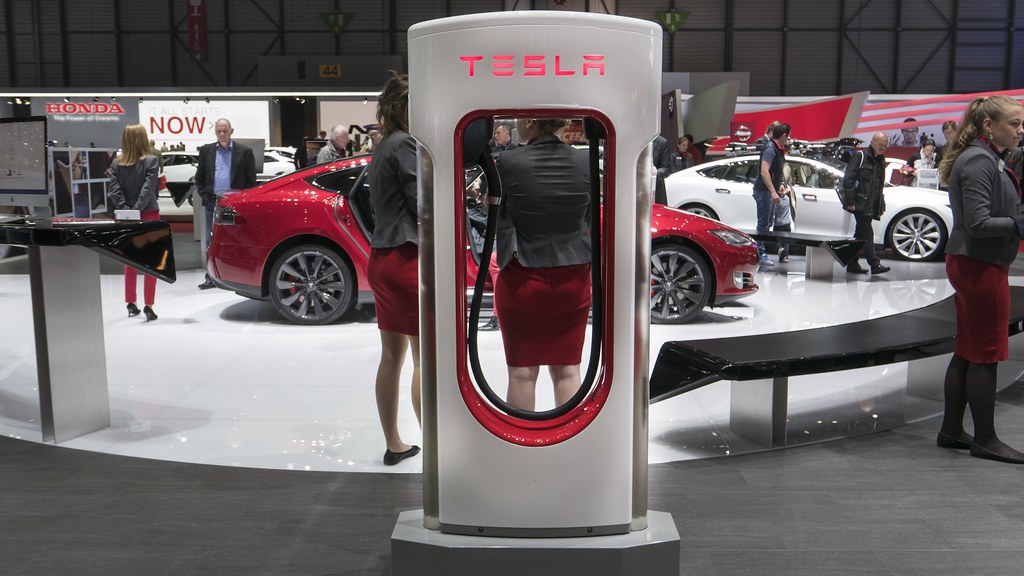
7. **Myth: You Have an EV “Charger” at Your Home or Office**A common linguistic simplification often leads to a technical misunderstanding regarding EV charging equipment: the belief that the box installed at home or the unit found at an office is the actual “charger.” This popular vocabulary, while convenient, obscures the true engineering behind electric vehicle power replenishment. Most insiders in the EV industry recognize this distinction, but it remains a source of confusion for the general public.
In reality, the device typically referred to as a “charger” at home or the office for Level 2 charging, such as a 7kW unit, is not the charger itself. Instead, it is properly termed an Electric Vehicle Supply Equipment (EVSE). The actual EV charger is an integral component built directly into the vehicle. This internal charger manages the conversion of alternating current (AC) power from the grid into direct current (DC) power that the battery can store.
The EVSE’s primary function is to safely deliver household power to the vehicle’s onboard charger. It acts as a sophisticated safety switch and communication device, ensuring the correct voltage and current are supplied to the car without overloading the electrical system. This fundamental difference in nomenclature helps clarify why many of these “boxes” can appear relatively simple yet are sometimes considered overpriced; their value lies in their safety features and controlled power delivery, rather than complex charging circuitry.
Understanding that the car itself houses the charger is crucial for informed discussions about charging technology, costs, and upgrades. It highlights that the EVSE is essentially a smart, fancy plug designed for safe and efficient power transfer, rather than the core power conversion unit. This distinction empowers consumers to better comprehend the components of their charging setup and make more accurate assessments of their value.
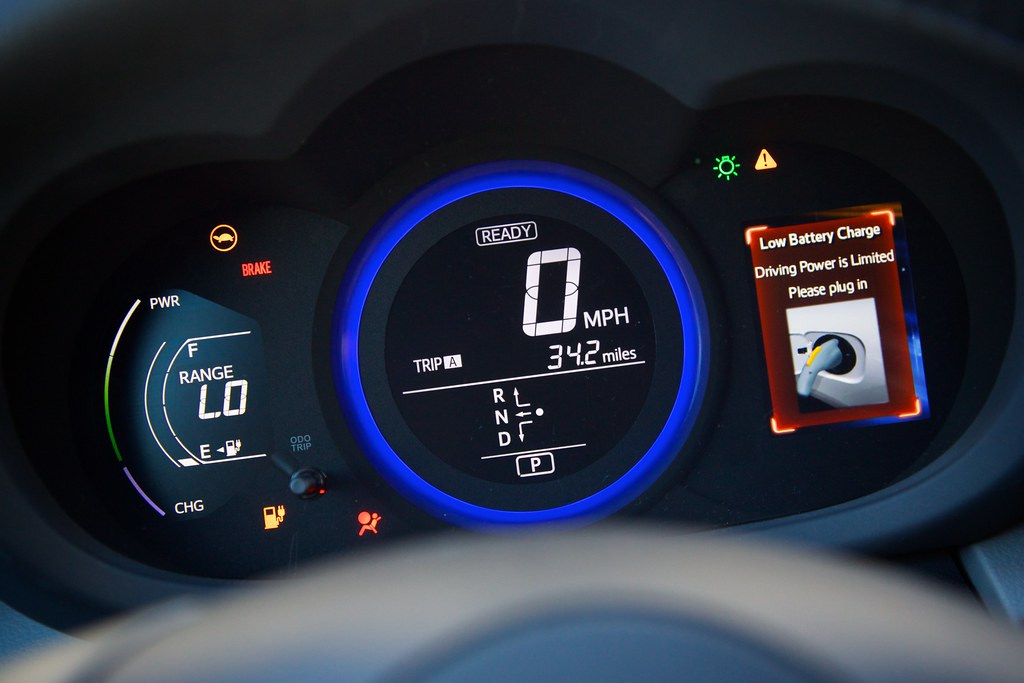
8. **Myth: Charging Stations Should Have Nice Amenities & Myth: We Want Level 2 Chargers at Shopping Centers**
The expectation that public fast charging stations should be equipped with extensive amenities, such as lounges, coffee shops, bars, or even full-service facilities akin to large gas stations like Buc-ee’s, is a widespread misconception. While appealing, this desire fundamentally misinterprets the strategic role of public charging in the EV ecosystem. The core principle for EV drivers is to “charge where you park, don’t park where you charge.”
Similarly, the desire for Level 2 chargers at shopping centers, particularly in one’s hometown, often overlooks practical realities. For local driving, the majority of charging needs should be met at home or work, where vehicles are parked for extended periods. When on the road, while charging during shopping is not inherently a bad idea, most typical shopping trips are not long enough to yield significant energy from a Level 2 charger, making the effort of finding a stall, authenticating, and paying barely worthwhile.
For those who need to charge while running errands, fast charging solutions are often more appropriate. A 30 to 40-minute stop for groceries or supplies aligns well with the quick top-up capabilities of a DC fast charger. However, even with fast charging, the inconvenience of potentially having to cut short a shopping trip to move a car once it’s charged runs counter to the desired seamless integration of charging into daily life. The focus should remain on opportunistic charging that minimizes active waiting.
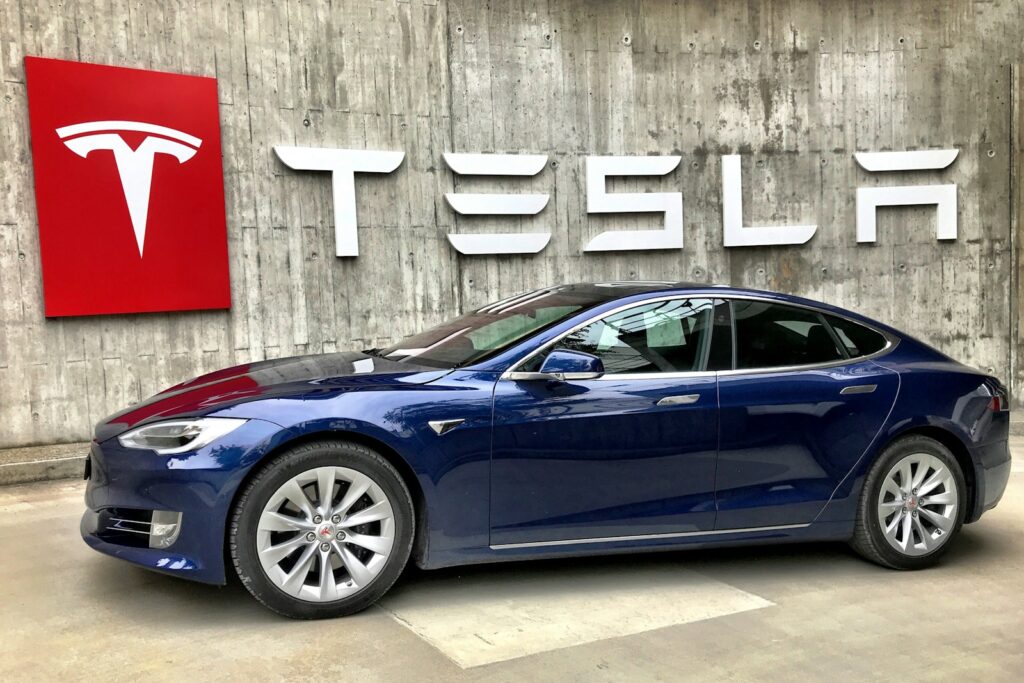
9. **Myth: Charging Is a Business & Myth: Hotel Chargers Don’t Need Reservations**Many entities aspire to transform EV charging into a lucrative business, envisioning themselves as the 21st-century equivalent of gasoline stations. However, establishing a profitable charging network proves significantly more challenging than it appears. The economic model for selling electricity at public stations faces substantial competition from the low-cost convenience of home, office, or hotel charging, which effectively offers energy at an equivalent of $1.30 per gallon while drivers are engaged in other activities or sleeping.
This inherent market structure explains why the most prominent charging networks were not initially built purely as profit-driven enterprises. Tesla, for instance, developed its extensive Supercharger network primarily as a strategic tool to sell more cars, enhancing the ownership experience. Similarly, Electrify America, the second-largest network, originated from environmental penalty funds related to the “dieselgate” scandal, rather than organic market demand alone. Unlike gasoline, which is a standardized commodity, EV charging is a diverse service with widely varying prices.
The reliance on subsidies for the initial build-out of many non-Tesla charging stations has also contributed to challenges. Without a robust, self-sustaining business model, there has been insufficient incentive to invest in ongoing maintenance, leading to many stations falling into disrepair. This cycle underscores the difficulty in establishing a profitable and reliable public charging infrastructure when consumers have such economical and convenient alternatives for their primary charging needs.
Within this context, the issue of hotel charging becomes particularly critical, yet often unmanaged. Hotels represent an ideal location for at least half of all road trip charging, especially during overnight stays, transforming what would otherwise be dedicated charging time into productive rest. Many hotels offer charging, often free or at low cost to guests, yet frequently lack systems to allocate these stations or prevent gasoline-powered vehicles from occupying the spots. This leaves EV drivers potentially stranded or forced to seek out less convenient fast chargers.
For a seamless travel experience, hotels need to evolve their approach to charging. Implementing a reservation system for charging times alongside room bookings would significantly alleviate “range anxiety” for guests. Furthermore, increasing the number of slower chargers, rather than fewer, faster ones, could allow for greater utilization and flexibility, potentially accommodating two vehicles per station given varying guest arrival and departure times. This strategic improvement in service is essential for supporting the growing number of EV drivers and fully realizing the potential of integrated charging.
Navigating the evolving landscape of electric vehicle ownership requires dispelling persistent myths and embracing factual realities. From understanding the true time commitment of charging and the optimal placement of infrastructure, to demystifying battery life and home power requirements, informed decisions are paramount. By shedding “gasoline thinking” and recognizing the distinct advantages and operational nuances of EVs, drivers can avoid unnecessary expenses and fully harness the environmental and economic benefits of electric mobility. The future of transportation is electric, and with accurate information, it is an accessible and financially prudent path for all.



